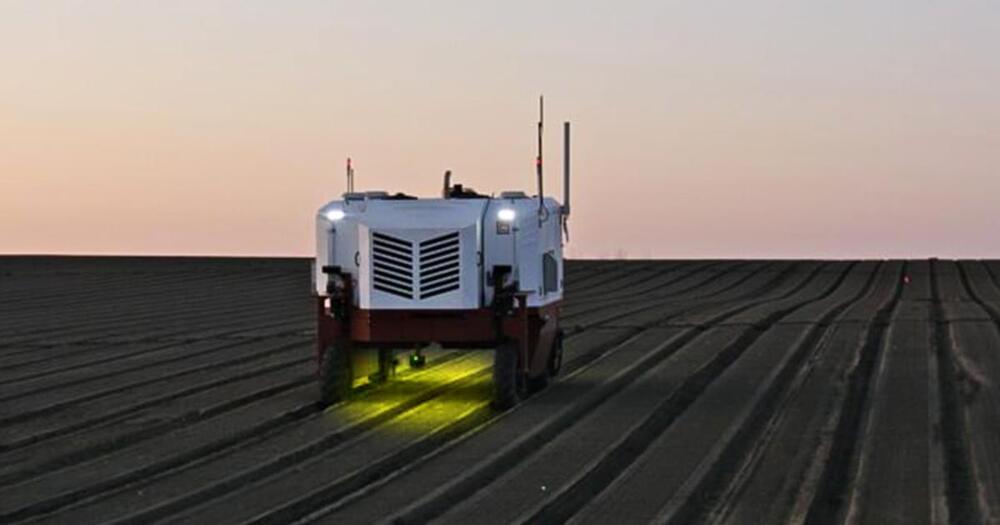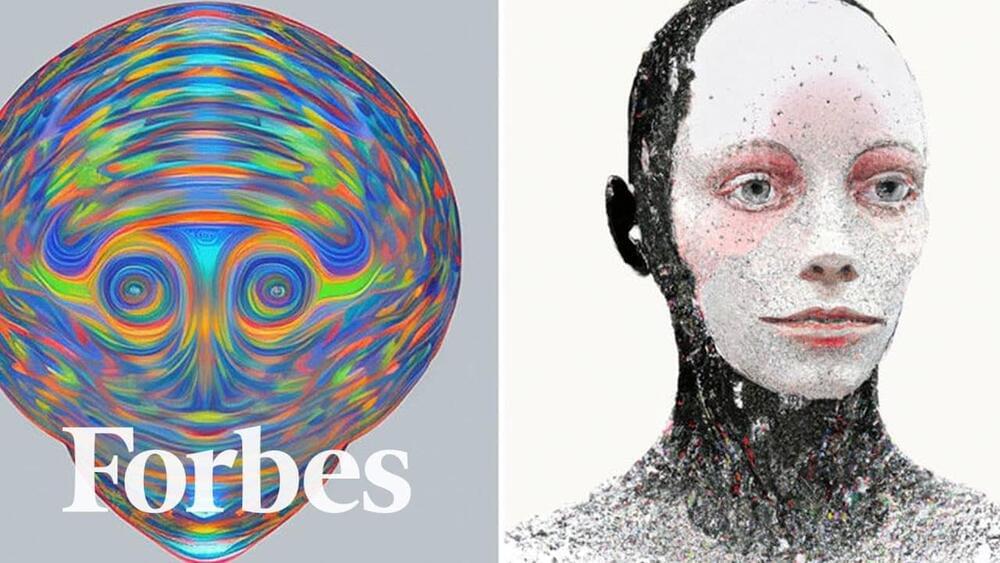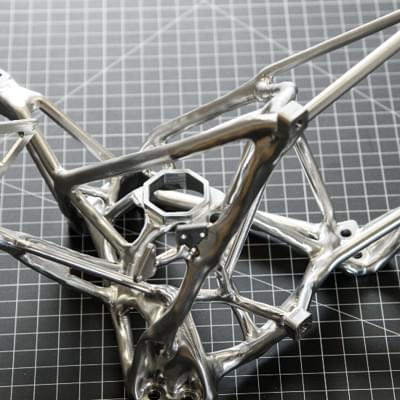ChatGPT AI extensions for Google Chrome that generate emails, improve web searches, and write LinkedIn updates.
The battle for internet search
Posted in internet, robotics/AI
Facebook’s parent company Meta has delayed setting its teams’ budgets, as per reports. The move comes amidst reports of further layoffs at the company.
In 2021, Carbon Robotics unveiled the third-generation of its Autonomous Weeder, a smart farming robot that identifies weeds and then destroys them with high-power lasers. The company now has taken the technology from that robot and built a pull-behind LaserWeeder — and it kills twice as many weeds.
The weedkiller challenge: Weeds compete with plants for space, sunlight, and soil nutrients. They can also make it easier for insect pests to harm crops, so weed control is a top concern for farmers.
Chemical herbicides can kill the pesky plants, but they can also contaminate water and affect soil health. Weeds can be pulled out by hand, but it’s unpleasant work, and labor shortages are already a huge problem in the agriculture industry.
Metas Toolformer is designed to learn to use tools independently, outperforming larger language models in certain downstream tasks.
Natural Language is the programming language of the brain, wrote science fiction author Neal Stephenson in his 1992 novel Snow Crash. Recent advances in machine processing of natural language show that language can also be the programming language of machines – as they get better at understanding it.
With “Toolformer”, Meta wants to extend this principle to the use of tools.
Despite the VC gold rush, this expert is arguing that hype — as opposed to firm data and proven results — is in the generative AI industry driving seat.
Forbes writer Kenrick Cai joins “Forbes Talks” to discuss his landmark report on how generative artificial intelligence will reshape the economy and the world.
Read the full story on Forbes: https://www.forbes.com/sites/kenrickcai/2023/02/02/things-yo…b4aebb5e31
Fuel your success with Forbes. Gain unlimited access to premium journalism, including breaking news, groundbreaking in-depth reported stories, daily digests and more. Plus, members get a front-row seat at members-only events with leading thinkers and doers, access to premium video that can help you get ahead, an ad-light experience, early access to select products including NFT drops and more:
https://account.forbes.com/membership/?utm_source=youtube&ut…ytdescript.
Stay Connected.
Forbes newsletters: https://newsletters.editorial.forbes.com.
Forbes on Facebook: http://fb.com/forbes.
Forbes Video on Twitter: http://www.twitter.com/forbes.
Forbes Video on Instagram: http://instagram.com/forbes.
More From Forbes: http://forbes.com.
The artificial intelligence-assisted components are lighter and can handle higher structural loads than human-designed components, according to the agency.
Researchers from UNSW Sydney have analyzed millions of satellite photos to observe changes in beaches across the Pacific Ocean. The findings, published in Nature Geoscience today (Feb. 10), reveal for the first time how coastlines respond to different phases of the El-Niño-Southern Oscillation (ENSO) cycle.
ENSO is a natural climate phenomenon that causes variations in sea surface temperatures over the Pacific Ocean. The warming phase, known as El Niño, and the cooling phase, known as La Niña, affect weather patterns across different coastlines depending on the cycle.
During these periods, coastal erosion can also intensify, shifting sand away from beaches and threatening beachfront homes and habitats. But scientists haven’t been able to study this broadly using conventional coastal monitoring techniques, which have been limited to on-ground observations on just a few beaches.
We Found An Neuron in GPT-2
Posted in ethics, law, neuroscience
I notice that the token in question happens to be segmented as “_an” and “_a” and not “_an_” or “_a_”.
So continuations like [_a, moral,_fruit] or [_an, tagonist, ic,_monster, s] could be possible (assuming those are all legal tokens).
I am reminded of the wonderful little nuggest in linguistics, where people are supposed to have said something like “a narange” (because that kind of fruit came from the spanish province of “naranja”). The details on these claims are often not well documented.









